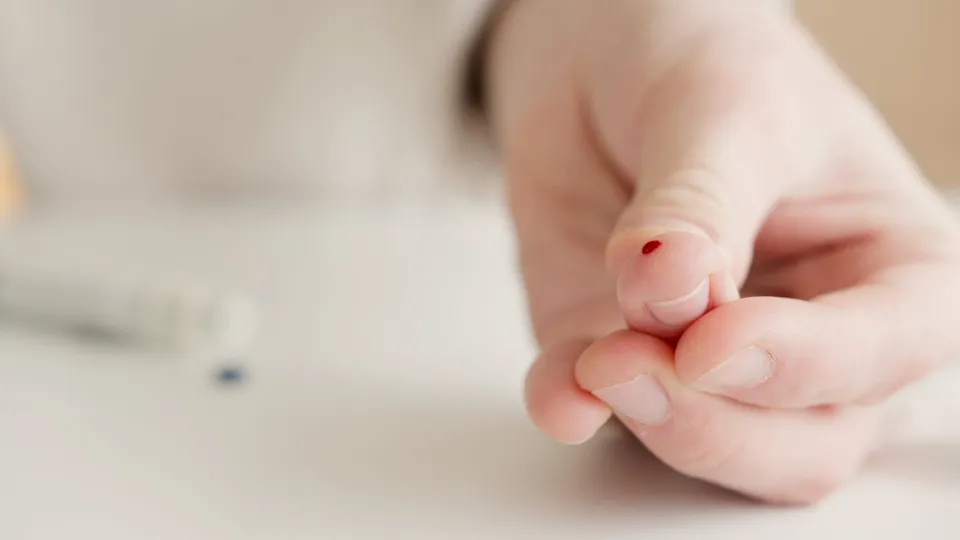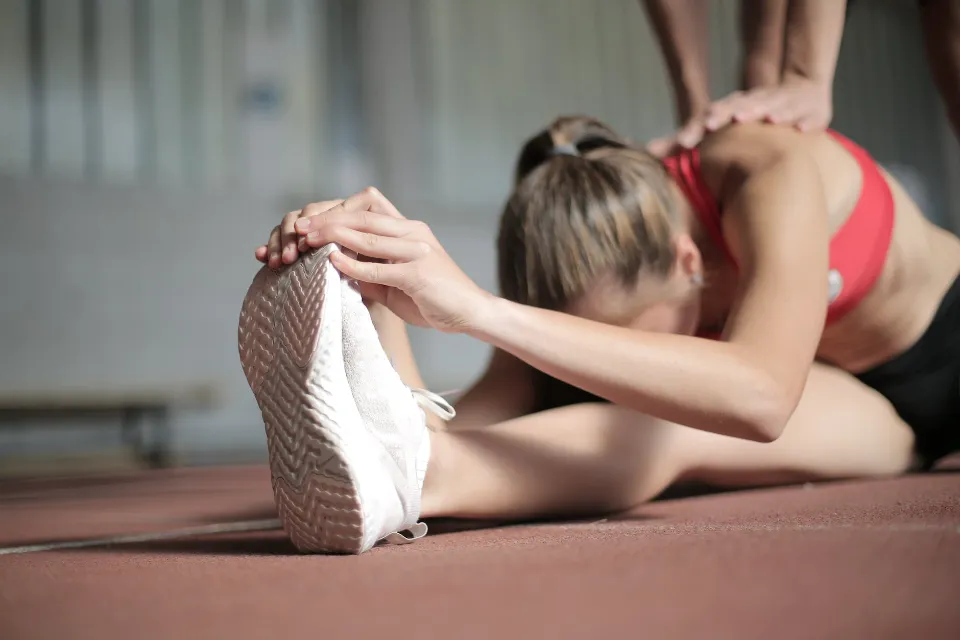Poor circulation can be brought on by plaque buildup, blood clots, or constricted blood vessels. When an obstruction or narrow path slows blood flow, your body has a hard time getting blood to every part of your body efficiently. Poor circulation is a symptom of many different diseases rather than a disease in and of itself.
Obesity, diabetes, heart disease, and arterial disease are some of the most typical causes. It’s crucial to treat the underlying cause of your poor circulation, not just the symptoms, if you exhibit any signs or symptoms of it. Healthy eating and exercise will be beneficial.
The following article will tell you what causes poor circulation, what the potential dangers of poor circulation are, and how to get it going usually. Read on.
Definition: What is Poor Circulation?
When something gets in the way of your body’s intricate, extensive circulatory system, which carries blood, oxygen, and nutrients to every cell in your body, you develop poor circulation. Your heart, veins, arteries, capillaries, and other blood vessels can efficiently supply your cells with everything they require when they are in good health. It’s a continuous cycle of bringing oxygen and other necessities to your cells and taking away waste from your cells.
When a valve or component of the delivery system that controls which way your blood travels malfunctions, problems occur. Blood can encounter detours and roadblocks en route, just like a delivery driver does on his route.

Blood flow is impeded by obstructions in blood vessels, especially when trying to reach the body parts that are farthest from the heart, such as the fingers and toes. Your cells aren’t getting the necessary amount of oxygen, which is the main issue with poor circulation. Without enough oxygen, cells are unable to perform at their best.
Causes: Why is Poor Circulation?
Blood Clots
Blood clots can completely or partially block the flow of blood. They can develop almost anywhere in your body, but a blood clot that develops in your arms or legs can lead to circulation problems. There are many different reasons why blood clots can form, and they can be harmful.
A clot forms in deep body veins, frequently in the leg, in deep vein thrombosis (DVT). If you have DVT and a blood clot in your leg separates, it may travel to your heart or lungs among other organs. A pulmonary embolism, heart attack, or stroke could happen as a result.
Diabetes
Consistently high blood sugar levels can harm blood vessels and nerves, impairing circulation throughout the body, including the arms, legs, hands, and feet.
Peripheral Artery Disease
One form of peripheral vascular disease is peripheral artery disease. Both are referred to as PAD.
The arteries narrow as a result of PAD, a circulatory disorder. It can lead to poor circulation in your extremities, typically the legs. A related condition called atherosclerosis causes arteries to stiffen as a result of plaque buildup in the blood vessels and arteries. Both conditions cause less blood to reach your extremities, which can hurt.
Obesity
Obesity may put you at a greater risk for circulatory issues.
Obesity increases the risk of varicose veins due to pressure on the abdomen and lower body; fatty deposits in the blood vessels, leading to atherosclerosis; inflammation throughout the body; various aspects of metabolic syndrome, including heart and kidney disease.
Circulatory issues can be attributed to a number of factors, including these.
Treatments: How to Fix Poor Circulation?
A visit to the doctor for a checkup should be your first move. A vascular physician will diagnose any conditions, prescribe any medications you might need, and formulate an actionable treatment plan for managing your poor circulation.
You may require medication or procedures to treat your conditions, but your doctor will also recommend lifestyle changes. With your doctor’s approval, try these straightforward exercises to improve your blood circulation.
Regular Workout
The heart and circulatory systems benefit greatly from exercise. Walking, stationary cycling, yoga, and swimming are low-impact exercises that can ease the pain brought on by circulatory problems and other health issues.
Keep a Healthy Shape
Carrying excess weight puts additional strain on your heart, joints, and vascular system. Your risk of developing diabetes, heart disease, poor blood circulation, and arthritis is lower if you keep a healthy weight.
Wear Compression Garments
You can try compression clothing if your doctor gives the go-ahead. Blood flow is increased by compression, which helps to improve circulation in the legs and feet.
Quit Smoking
One of the worst things you can do for your health is smoke. Talk to your doctor about a strategy to help you break the habit once and for all. Quitting lowers your risk of heart attack or stroke, lowers your risk of cancer, and improves blood circulation.

Put Your Feet Up
The elevation is beneficial for treating edema, which is swelling brought on by a buildup of extra fluid and typically affects the legs, feet, and ankles. Elevating your legs if you’re going to be sitting for a long time is still advantageous even though not everyone with poor circulation experiences edema.
Vascular Treatment
During an angioplasty procedure, your doctor uses an x-ray to direct a catheter—a skinny, hollow tube with a tiny balloon on the end—through the femoral artery to the blockage in your leg. The balloon is then inflated by your doctor to open up your artery and increase blood flow. To stop the blockage from reforming, a stent—a small, mesh tube—might occasionally be left inside the artery.
In a bypass procedure, veins or artificial grafts are attached above and below the blockage to reroute blood flow, improving circulation in the legs and feet.
Every invasive medical procedure carries a certain amount of risk. To learn more about any risks that may apply to your particular situation, consult your vascular specialist.
Medications
Medicines your provider may order include:
- Statins that keep plaque from building up in your arteries.
- Antiplatelet drugs like aspirin keep your body from making large blood clots.
- Oral blood clots preventative medications, such as warfarin.
- To dissolve large, risky blood clots, use thrombolytics.
- Medicines that bring your blood pressure down.
Conclusion
If you have poor circulation, even minor injuries may take longer to heal. This means that small bruises can eventually become ulcers, which can become infected. Discuss with your doctor how to treat any underlying conditions, such as PAD or diabetes, that contribute to poor circulation. You can prevent further issues brought on by poor circulation by engaging in regular, low-impact exercise, maintaining a healthy weight, quitting smoking, and managing your blood pressure, blood sugar, and cholesterol.
FAQs
What Can I Expect If I Have Poor Circulation?
Circulation issues won’t improve on their own if you don’t take action to address them. The situation might even worsen. But you can manage and improve your poor circulation with lifestyle changes, medication and surgery, if necessary.
What Vitamins Are Good for Blood Circulation?
- B-Complex Vitamins: Vitamin B deficiencies can have a negative impact on your health in a number of ways, including circulation.
- Potassium (Vitamin K) Potassium is an essential mineral for many important bodily functions, including blood circulation.
- Vitamin C.
- Vitamin E.
Read more: What Vitamin Stops Age-related Muscle Loss: Comprehensive Guidance – Elder VIP







